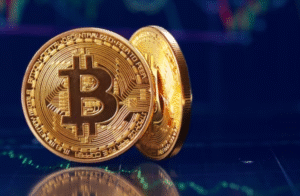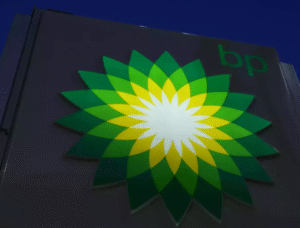$NICKEL $EV $HRUM
#Nickel #EVMarket #MiningIndustry #CommodityPrices #Indonesia #Metals #Smelting #HarumEnergy #RawMaterials #MarketTrends #EnergyTransition #ElectricVehicles
Nickel prices took a sharp dip in 2024, ending the year below their closing levels for 2023, reflecting increasing pressures within the commodity markets. Despite the ongoing global shift toward renewable energy and widespread predictions of a booming electric vehicle market, demand for nickel – a key component in EV battery production – has not accelerated as anticipated. This softer demand has placed downward pressure on prices, even as large-scale market players like Indonesian miner Harum Energy, led by billionaire Kiki Barki, are doubling down on their positions in the metal. The disconnect between projections for EV demand and real-world consumption has sparked questions about the timing of the clean energy transition and its effect on key metals markets.
Harum Energy demonstrated its strategic pivot toward nickel by significantly expanding its portfolio in 2024. The company completed a $215 million investment in January to boost its ownership stake in Westrong Metal Industry, one of Indonesia’s prominent nickel smelters, to nearly 81%. The move underscores Kiki Barki’s firm belief in the long-term value of nickel, despite current price stagnation. By April, Harum had also funneled significant capital into nickel-focused subsidiaries, betting heavily on Indonesia’s dominance as the world’s largest nickel producer. While such aggressive investments position Harum to capitalize on a potential market rebound, they also highlight broader risks, as future price volatility in the commodity market could impact margins and shareholder returns.
The cooling of the nickel market contrasts sharply with the robust growth narrative surrounding electric vehicles. Analysts had expected the EV boom to drive exponential demand for nickel, particularly with the rise of high-nickel battery chemistries like NMC (Nickel-Manganese-Cobalt). However, supply chain bottlenecks, slower-than-forecast EV adoption in key markets like Europe and North America, and advancements in alternative battery materials such as lithium iron phosphate (LFP) have tempered demand. Consequently, while producers like Harum ramp up capacity, global inventory levels and overproduction risks weigh on short-term pricing dynamics. These trends have translated into underwhelming performance across broader commodity indices that include nickel.
Looking ahead, the nickel market’s trajectory may depend on a combination of industrial innovations and policy interventions. Continued investment in EV infrastructure, particularly in emerging markets, could spur higher demand and drive prices upward. Meanwhile, initiatives to localize nickel supply chains and limit harmful mining practices could support long-term price stability. For Kiki Barki’s Harum Energy, the gamble on nickel is a calculated one, as it sweeps up key assets and positions itself for prominent growth during any potential commodities supercycle. Yet, for now, the market has witnessed sluggish returns as investors wait for the EV sector to fulfill its transformative promise.







Comments are closed.